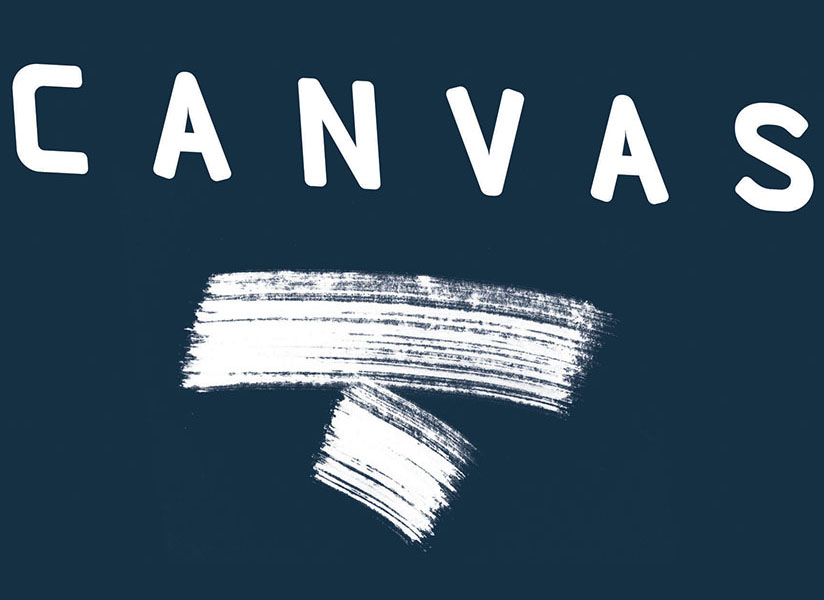Born and raised in upstate New York, at the northernmost tip of Appalachia, Susan Comninos is a poet, writer, and teacher. Her hyper-observant poems explore themes of Jewish identity, family, and nature. She also experiments with verse forms, like the Persian ghazal. Since her debut collection of poems, Out of Nowhere, is forthcoming from SFA Press, we asked Ms. Comninos to share with us some of the poets who inspire her own intense and highly intelligent verse. The following are five poets—some emerging, others more established—whose work she admires for its “Jewishly self-aware humor, intimacy with endurance, and signature voice.”
Shaindel Beers

A masterful poet with three collections, Beers teaches in Oregon and is poetry editor at Contrary. In her latest book, Secure Your Own Mask, she captures the dissonance of domestic abuse, using homonyms (“ring/wring”) to reflect the mismarriage of love and violence, as in these devastating lines from her poem “The (Im)Precision of Language”:
How far the ring-necked dove is
from wringing a dove’s neck. The way
a stand of trees can hide a deer
stand, concealing the hunter who
will shoot the deer. The deer, who will
fall in the fall in the fallow field.
Samantha Kolber

Last year, Samantha Kolber, a poetry series editor at Rootstock Publishing, released her first chapbook, Birth of a Daughter, a collection of poems about parenthood—and daughterhood—rich in turns of phrase and familial tragicomedy. One of my favorites is “Text Message from Dad: A Found Poem,“ in which Kolber artfully compiles revealing digital messages from a self-absorbed father:
Luv all of u despite
past dysfunctional family issues
of which only I hold the truth,
although someone is holding onto appearances rather than facts.
I’m wondering y youse haven’t asked me about certain things,
Especially since u don’t have the answers.
Yehoshuah November

November has published two poetry collections distinguished by their quiet beauty and engagement with the mysteries of family and fate. But because his work is grounded in religious orthodoxy, it’s less widely read than it should be. I love his ability to capture the sacred in the mundane, in acts as simple—and as heartbreaking—as emptying the home of a loved one who’s died. His poem “Cleaning Out Zaide’s Apartment” is alive with both wonder and grief:
And in every drawer,
countless notes she had written to him.
He must have saved them all,
each one wedding the mundane to a private world
only the lovers themselves could know:
Hard-boiled eggs on the stove. I believe in you.
Laura Ruby

Best-known as an author of YA novels, Ruby, who teaches fiction writing and edits poetry for Qu, also publishes witty poems—on cancer. Her poems have a distinctive voice, pairing wry self-knowledge with a conversational tone, as seen in these enjambed lines from “When Your Radiation Oncologist Tells You He Is Leaving for Michigan Where He Grew Up”:
Fine, Copernicus, go. Michigan is nice,
I guess. You are only what I made you, a story
I told myself when I was feeling a little too
delicate.
Do you miss the horses? An apple
cupped in your palm, a carrot, a cube of
sugar? Do you miss the grass and the red
barn roof, the line of crows
a portent?
Nomi Stone

The author of two books of poems and a forthcoming anthropological study, Stone explores the in-between, examining the possibilities and impossibilities of boundaries. What’s so compelling is the dreamlike quality to Stone’s voice, one somehow submerged and yet clear—an effect repeated in her poem “Many Scientists Convert to Islam: conversations with a Muslim friend”:
During Ramadan, I fasted a week. I went to the mosque.
My friend’s uncle said:
“So you are becoming Muslim?” I said: “No.” He said: “Shame
on you.”
Stone adds, in what seems like the friend’s voice merging with her own:
[…] You must count the three perfect
joints of each finger to keep time. Make no mistake, you leave the body only
through the body. The train ride. This quiet voice that is borrowed or my own.

